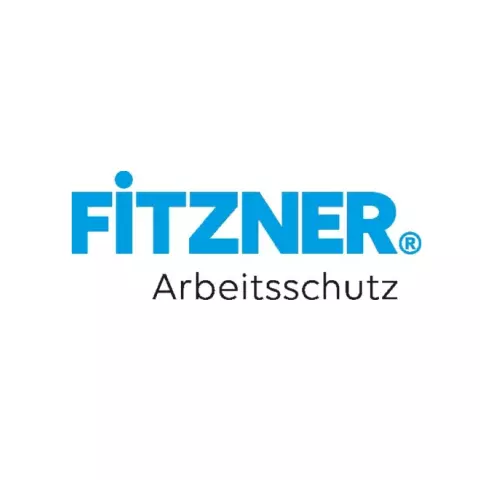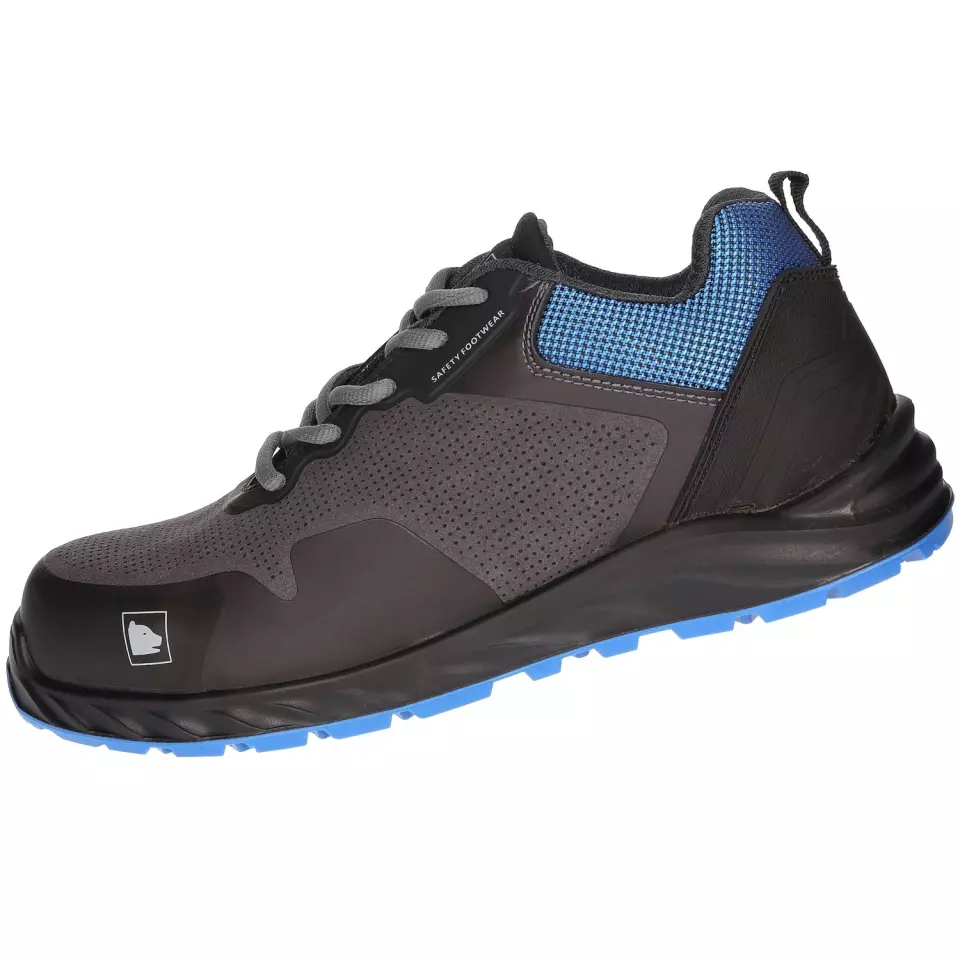Fitzner Arbeitsschutz Arctos L low ESD Safety Shoes S3
Product description
The Arctos C Low safety shoes combine dynamic design with well-thought-out functionality for professional use. These low-cut shoes offer excellent grip and exceptional wearing comfort through their ergonomic fit. The ESD version makes them particularly suitable for use in electrostatically sensitive areas.
Product Features:
- Excellent grip for secure footing
- Optimized fit for all-day wearing comfort
- ESD protection according to EN 61340-4-3:2001
- S3 CI SRC certification
- Low-cut design for maximum freedom of movement
Technical Details:
- Category II safety shoe (medium risks)
- Complies with EN ISO 20345:2011
- Anti-static properties
- Waterproof and breathable
Areas of Application:
- Industrial manufacturing areas
- Electrical assembly
- Logistics and warehousing
- Crafts and production
The material composition of the shoe's bottom portion that determines slip resistance, durability, and protection against workplace hazards like chemicals, heat, or punctures.
Describes the design of the shoe's ankle opening, which affects comfort, how easy they are to put on, and protection against debris during long work shifts.
Identifies the protective material in the toe cap that shields against impacts and compression. Different materials offer varying levels of protection, weight, and comfort.
The interior fabric that touches your foot, affecting comfort, moisture control, and temperature regulation during long work shifts in demanding environments.
The method used to secure the shoe to your foot, affecting ease of putting on/removing, adjustability for comfort, and workplace safety.
Indicates whether the footwear has protective reinforcement (Safety) or no special toe protection (Plain), affecting workplace safety compliance and injury prevention.
Withstands degradation from oil exposure, maintaining sole integrity and extending shoe life. Ensures reliable traction in oily environments.
Offers robust defense against underfoot hazards. A reinforced sole prevents sharp objects from piercing through, protecting feet in risky environments.
Enhances stability on slick surfaces, reducing the risk of slips and falls. Designed for reliable grip and secure footing in various work environments.
Reduces impact on feet and joints, lessening fatigue during long hours on hard surfaces. Provides enhanced comfort for demanding work environments.
- Impact Resistance
- Electrical Protection
- Water Resistance
- Slip Resistant
Request a free sample
Test first and buy later. Visit any product page to request your free sample.
Standards and labels
EN ISO 20345:2011 is a rule book for safety shoes and boots worn by people working in construction. It tells how the shoes and boots should be made and tested, to make sure they protect the feet from hazards such as slips and falls. Test results will show how good the shoes and boots are at not slipping, if they can handle water and if they last a long time. The goal of the standard is to make sure that the shoes and boots that construction workers wear keep their feet safe.
Test results
General Requirements WRUGeneral Requirements CRGeneral Requirements AGeneral Requirements S3General Requirements PGeneral Requirements FOGeneral Requirements EEN ISO 20347:2012 is a standard for occupational footwear. It defines the performance requirements and test methods for occupational footwear, including requirements for slip resistance, water penetration, and energy absorption in the heel area. It also describes the markings and labeling that should be on the footwear and the information that should be included in the user manual. Possible test results include whether the footwear meets the requirements for slip resistance, water penetration, energy absorption in the heel area and compliance with the markings, labeling and information in the user manual.
EN 61340-5-3:2018 is a European standard that defines the requirements and test methods for measuring the performance of ESD (electrostatic discharge) protection for electronic devices. This standard covers the performance of equipment and materials that are intended to protect electronic devices against electrostatic discharges, which are a type of electrical shock caused by the build-up of static electricity. The standard also includes test methods to evaluate the equipment's and materials' performance, including tests for electric strength, charge decay, and resistance to penetration of electrostatic charges. Test results must show that the equipment and materials meet or exceed the required performance levels and other requirements specified in the standard.
Test results
Electrostatic Discharge AntistaticTextiles are materials made from fibers, such as cotton, wool, or polyester. In Europe, there are rules for how textiles should be made, sold, and labeled. These rules are set by the European Union. These rules ensure that textiles are safe and do not contain harmful chemicals, that they are labeled correctly and that the use of certain dangerous chemicals are banned. These rules are set to protect the health and safety of consumers and the environment. Companies that make or sell textiles in the EU must comply with these rules.
Fitzner Arbeitsschutz delivery terms
Free delivery when you order more than 1 650,00 kr from Fitzner Arbeitsschutz
Supplier shipping fee 55,20 kr
Brand minimum 0,00 kr
461,98 kr
Price per pair
461,98 kr / pair
Other products you may like
Similar products you may like
Recommended for you
Fitzner Arbeitsschutz
Delivery time: 4 business days
Supplier shipping fee 55,20 €
Free shipping on orders over 1 650,00 €



Find +150,000 products from hundreds of brands
Autonomous sourcing platform
The most efficient way to source and order supplies for your operations
Sourcing
Ordering
List products you’re looking for and we’ll find the best products and prices for you – all for free.

--- / Customer service







